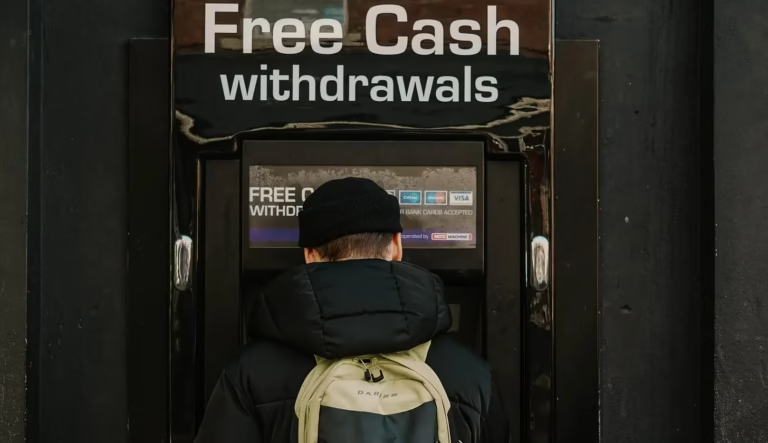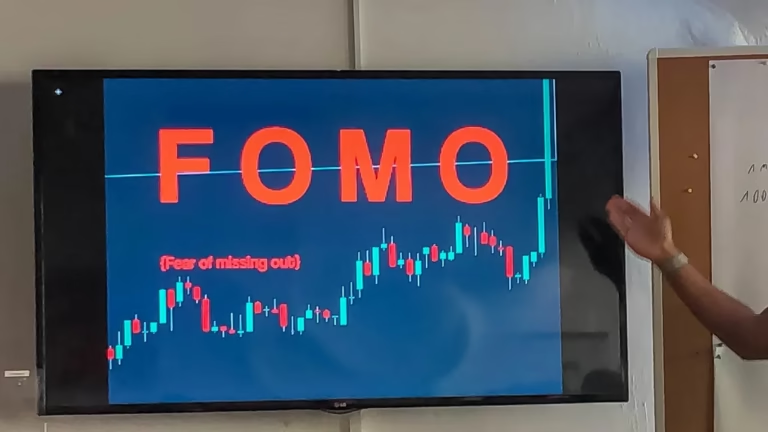Don’t Believe a Statistic you Didn’t Manipulate Yourself
Early in each new month, the labor department publishes the numbers for unemployment from the previous month. They have always done that and those who were dependent on it paid attention, but now we all need to. Here is why:
It will impact how you can use your money and make it work for you!
Investopia.com article 103015 reports: “One of the main indicators affecting the Federal Reserve’s decision of whether or not to raise interest rates is the unemployment rate. During periods of strong economic growth and falling unemployment, the Fed is more likely to raise interest rates to cool wage growth and keep a lid on potential inflation. However, officials are more likely to lower rates during periods of weakening economic activity and rising unemployment to spur economic growth.”
At first glance that makes sense and we would just move on.
When you look a little closer at the last report from the labor department, reported by Yahoo Finance you can see something pretty amazing:
September 2021 jobs report: Economy adds back disappointing 194,000 jobs, unemployment rate falls to 4.8%
U.S. employers unexpectedly hired at a slower pace in September than in August, with labor supply shortages and virus-related impacts still exerting considerable pressure on the economic recovery.
The Labor Department released its September jobs report Friday morning. Here were the main metrics from the report, compared to consensus estimates compiled by Bloomberg:
- Change in non-farm payrolls, September: +194,000 vs. +500,000 expected and a revised +366,000 in August
- Unemployment rate: 4.8% vs. 5.1% expected, 5.2% in August
- Average hourly earnings, month-over-month: 0.6% vs. 0.4% expected and a revised 0.4% in August
- Average hourly earnings, year-over-year: 4.6% vs. 4.6% expected and a revised 4.0% in August
- Even given the disappointing overall pace of hiring, September’s unemployment rate improved much more than expected, or to 4.8% versus the 5.2% in August. However, that came alongside an unexpected drop in the labor force participation rate, which ticked down to 61.6% from August’s 61.7%.

Non-farm payrolls were expected to pick up from August’s much weaker-than-expected print when renewed fears over the coronavirus deterred more workers from re-entering the labor market.
If you look closely, we are led to believe that the unemployment rate can fall substantially, from 5.1% to 4.8% when less than 200,000 new jobs were created.
That 0.3% drop would mean we would have a 1% drop if about 700,000 jobs had been created. That would mean we would have a total of about 70 million jobs. Can that be?
We have about 330 million people in the US population. Can it be that only a little more than 20% of the population is employed?
No, and according to the announcement, 61.7% of the labor force is participating in the economy.
How can all this be and what does it mean for us?
It sounds like the FED will say that the drop in unemployment is good news and they can therefore stop supporting the economic growth and begin reducing the printing of money and buying of government securities.
They pick the number they want to support their argument.
That will lead to turmoil in the stock markets when that tapering actually starts and inflation will accelerate even more. If you look into your wallet when you have been shopping recently, you probably realized how much more expensive everything is getting.

That’s another number the government loves to fudge. Inflation is supposedly 4–5% right now. Strangely the stuff that I buy regularly has risen more like 15–25% in the last 12 months, especially food items, gasoline, fees, etc.
So what’s going on?
In a nutshell: It’s all politics!!!
Decisions aren’t made based on facts but on manipulated data.
Why is unemployment suddenly so low? Because 6 million new businesses were formed in the last 12 months and most people who start a business don’t employ themselves because that would be extremely expensive and unwise.
In addition, people are no longer willing to just take any job and be treated like a slave. 18 months of a pandemic have provided a lot of time for reflection.
On top of that, the government uses all kinds of tricks to define who an unemployed person is.
If you are not declaring that you are looking for a job — you are not unemployed.
If you have declared that you are looking but ran out of unemployment pay eligibility, you are no longer counted.
If you are not working full time or almost full time you are not counted.
If you work in a gig job that does not include benefits, you are not counted.
If you run your own small business and don’t employ yourself you are not counted.
Actually, the vast majority of people living in the country are not counted or considered.
What good are those numbers then? They are only good for politics (and TV pundits.)
What concrete action can we take in light of all of this?
However you earn an income, meaning you get money for the time and efforts you spend, you should use as much of it as you can to buy things that benefit from these shenanigans.
The summary term is “value assets”.
These are things that increase in value at the rate of inflation (as a minimum) and then add the normal supply and demand dynamics.
One example would be a gold coin. As inflation rises, we all see that the money we have in our wallets buys less. You could also say: I need more Dollars to buy the same things. Because the value of a gold coin is expressed by the number of Dollars it takes to buy it, its value increases in parallel.

At the start of 2016, you could buy a gold coin for $1000. Now it’s about $1800.
That’s in part because prices have increased a lot, meaning it takes a lot more dollars to buy the same thing — i.e. a gold coin.
The other thing that influences a valuable asset is supply and demand.
There is only so much gold that can be mined efficiently. That number has decreased over the years and makes gold coins more rare. When something is in low supply, its value increases.
You might say: “Yeah, but I am not into gold coins”.
I understand. I think anybody who makes money and wants to have a balanced way of saving should have a few gold coins but I realize that you might not like coins.
What we at Ideal Wealth Grower actually suggest is the housing/real estate market. Only people who have lived under a rock the last 3 years would not have heard that prices for housing have massively increased.
Crazy bidding wars, hundreds of offers on a property, etc.

People don’t want to be very close to each other anymore — that’s one reason.
Millennials don’t want to live with their parents or in tiny apartments anymore.
Builders have not built anywhere near the 750,000 new units each year we would need just to keep up with population growth. They haven’t for the last 10 years, so there are more than 7 million units missing just from that.
End result: Houses have become rare, like coins, and increased in value.
Do you know what has added a little extra fuel to this situation? People have realized that working from home is just as efficient if not more so than going and sitting in a cubicle all day. With that in mind, they like a home with a room to establish an office (or two).
Another accelerator: The FED, pushed by the government, has lowered interest rates over and over and made mortgages cheap. That means people who have a house and refinance it pay less each month. That causes people who would normally look for smaller houses when the kids leave to stay and enjoy all the space — unintentionally causing even lower housing inventory.
In summary, it looks like it sucks if you are looking to buy a value asset right now.
On second thought though, ask yourself: “How likely is it that all the manipulations and numbers fudging is going to go away anytime soon?”
Money is printed at record amounts every day with no end in sight. The government is working on another $4+Trillion program to push into the economy.
Yes, the environment is “juiced” but as soon as you get in and become a value asset owner, you benefit.
Housing values increased 15–20% across the US in the last 12 months. 10% last year. That means something you bought 2 years ago is at least 25% more valuable. Is that going to stop — doesn’t look like it, if you ask me.
Normally I hate FOMO — Fear of missing out — but in this case, it should push you to try as hard as you can to participate.
Get coins, or Lofty-AI tokens, or a peer-to-peer deal, or an apartment, or a house, and participate in this unbelievable value creation. If you aren’t sure how; feel free to contact me and I am happy to help.
Yes, the numbers the government announces are fudged. At the same time, the reality we all experience every day is a steady and seemingly increasing rise in prices. If you become a value asset owner, you don’t need to worry about the fudged numbers and focus on enjoying the benefits.
I love this little game I want to leave you with:
“What’s the best time to start getting involved in the purchase of value assets”?
That was 10 years ago!
“What’s the second-best time to getting involved in the purchase of value assets”?
It’s today! Don’t delay, get help, and begin benefitting.




